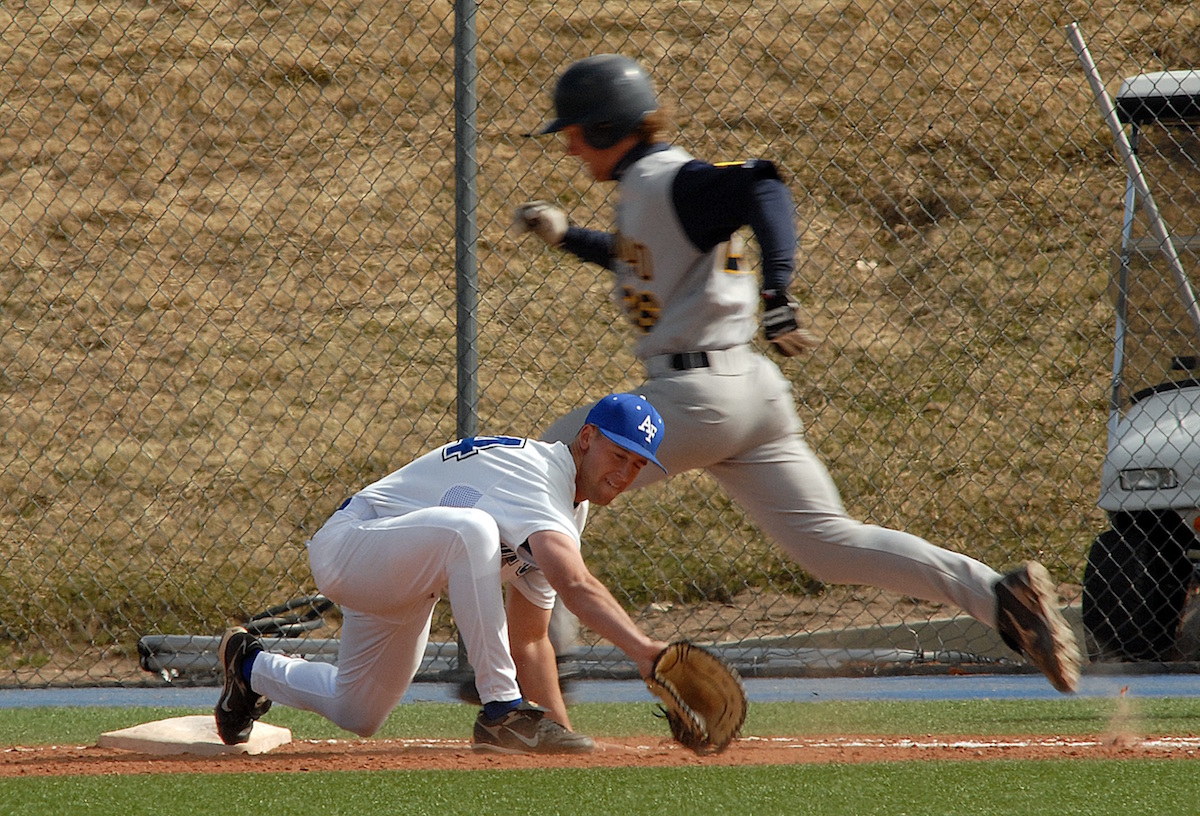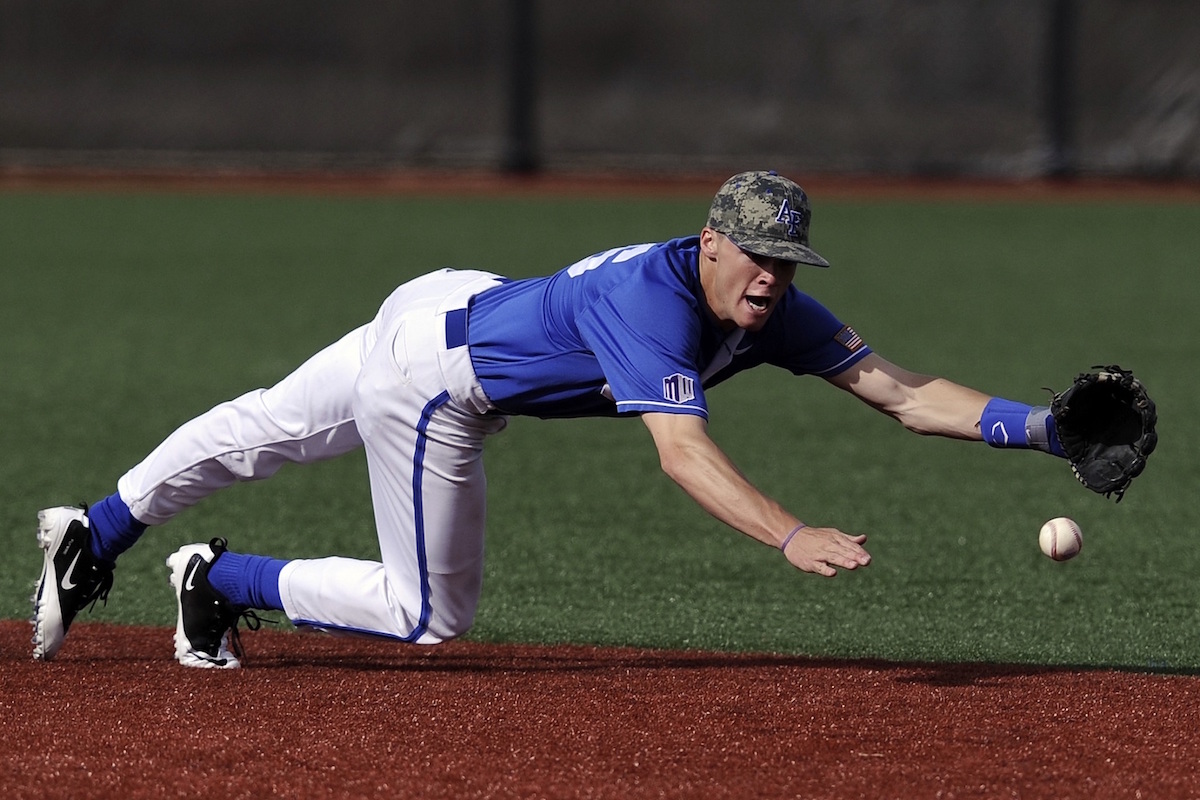We can view an athlete’s strength and conditioning career as moving through several phases. First the athlete builds their physical and motor skill foundation. Then, as the athlete progresses and becomes more specialized they apply that foundation to the needs of the sport. Finally, the athlete may become so qualified that their training has become mostly sport-specific. One of the biggest criticisms of the classic approaches of periodization is that it does not address the needs of the last category of athlete adequately. In the critics’ views, as an athlete becomes more elite they require more specialized training and if (for example) the bulk of the training year is spent on general training, then the needs of the athlete aren’t being adequately addressed.
This is an interesting view for strength and conditioning because it is the opposite of how many authorities recommend handling athletics. The view that was just described means focusing initially on fewer exercise and skills and gradually increasing both them and their complexity as the athlete progressed through their career. However, when we are looking at the athletic side of the house, we want young athletes to participate in as many sports as they can before specializing in one. In an ideal world, athletes would still be playing multiple sports even in high school. The idea here is that this multi-sport participation will develop athletes with a better understanding of how to move and a better capacity to learn new skills.
For a long-term strength and conditioning program, the initial focus is on developing fundamental movement patterns, developing the body, and building a base in terms of strength, power, speed, and agility. In the weight room, this is done by identifying basic exercises that develop multiple joints at once and that provide technical skills that can be transferred to other exercises in the future. In terms of speed, agility, and power the first most important thing is to identify if there are movement skills that are pretty common across sports. For example, sprinting. These are then broadly trained and mastered. The table below shows examples of fundamental exercises that meet all these criteria.
| Strength Training | Speed Training | Power Training | Agility Training |
| SquatsHip extension exercisesPressesRows | StartsTechnique drills (ankling, heel to hip, high knee, A drills)Sprints developing acceleration and maximum velocity | Power variations of the clean, snatch, and jerkSingle-effort vertical and horizontal jumps | StoppingCuttingShufflingBack Pedaling
Running Curves |
As you can see from the table, the strength training develops multiple joints but is not anything fancy at this stage. Speed training is working on technique. Power training focuses on both the beginning variations of the Olympic lifts as well as single-effort jumps (which reinforce how to move explosively as well as how to land safely). Finally, agility training is focused on a handful of motor skills that can be applied to many sports.
At this level of development, athletes respond very well to classic periodization models. This is the idea that (in the weight room), the athlete moves from high volumes/lower intensities to low volumes/higher intensities as the year progresses. Speed, agility, and power training is typically minimized in the beginning of the training year and picks up as the year progresses. Now, I like to modify this somewhat. I feel that strength, power, speed, and agility are all skills. Because they are important to athletics they need to be trained year round. We may change the volume and the intensity as the year progresses, but we still need to train them year round if we expect them to improve. Waiting until a few weeks before the season begins does not seem like a good way to ensure an athlete’s success.
Generally there does not need to be a great deal of exercise variety in this stage. For example, the table below shows an example of all the exercises we might be using in this stage of training:
| Strength Training | Speed Training | Power Training | Agility Training |
| Back squatsFront squatsSplit squatsDeadlifts
Romanian deadlifts Good mornings Bench press Incline press Military press Bent-over rows Dumbbell rows |
Falling startsStanding startsCrouching startsAnkling
Heel to Hip High knees A drills 5-60 meter sprints |
Hang power clean/snatchPower clean/snatchHang clean/snatch pullsClean/snatch pulls
Push jerk Power jerk Vertical jump Squat jump Tuck jump Standing long jump Jump over box |
Start/stop/startShuffle right/leftBackpedalRunning curves
Cutting |
I try to organize training by physical quality or by energy system. For example, if today is a maximal strength day then we are training the phosphagen energy system and are requiring the body to put together brief, all-out efforts. This kind of training links up very well with acceleration work on the track, which trains the same qualities and energy systems.
The table below presents an example of a week of workouts that incorporates the above ideas:
| Monday | Tuesday | Wednesday | Thursday | Friday | |
| Strength | Back squats, 3×6-10×70-80%Romanian deadlifts, 3×6-10Bench press, 3×6-10×70-80%Bent-over rows, 3×6-10
Military press, 3×6-10 |
Power clean, hang, above the knee, 3x6x60%Clean pulls, hang, above the knee, 3x6x60%Push jerk, 3x6x60% | Off | Front squats, 3×12-15×60-70%Deadlifts, 3×6-10×60-70%Good mornings, 3×12-15 | Incline press, 3×12-15×60-70%One-arm dumbbell rows, 3×12-15 each armDumbbell military press, 3×12-15 |
| Speed | Technique drillsFalling starts, 5×5 meters5x10 meter sprints | Technique drills5x40 meter sprints | |||
| Agility | Start/stop/start (5 meter sprint, stop, 10 meter sprint) | Shuffling right/left, 3×5 meters eachBack pedaling, 3×10 meters | |||
| Power | Vertical jump, 10xStanding long jump, 10x | MB Chest pass, 10xMB Behind back throw, 10x |
Clearly this is meant to be a generic example. Monday is the heaviest day of the week and is the day that focuses on maximal strength (eventually this day of the week will become very heavy). For this reason acceleration work is performed on this day. Tuesday is the day of the week that primarily focuses on power, which is why plyometrics are performed on this day. Wednesday is a day off, though it could also be used as a conditioning day. Thursday is a lower body emphasis strength training day with a higher volume of training. This is why maximum velocity training is incorporated into this day. Friday is an upper body-focused day with a higher volume of training. Medicine ball work is incorporated into this day.
This whole approach gets even more complicated when attempting to balance out sports practice with strength and conditioning. Everybody does this differently and all these approaches work. Now, foundational exercises and programs aren’t terribly exciting to advanced professionals, so the next post will look at the next level of athlete.



